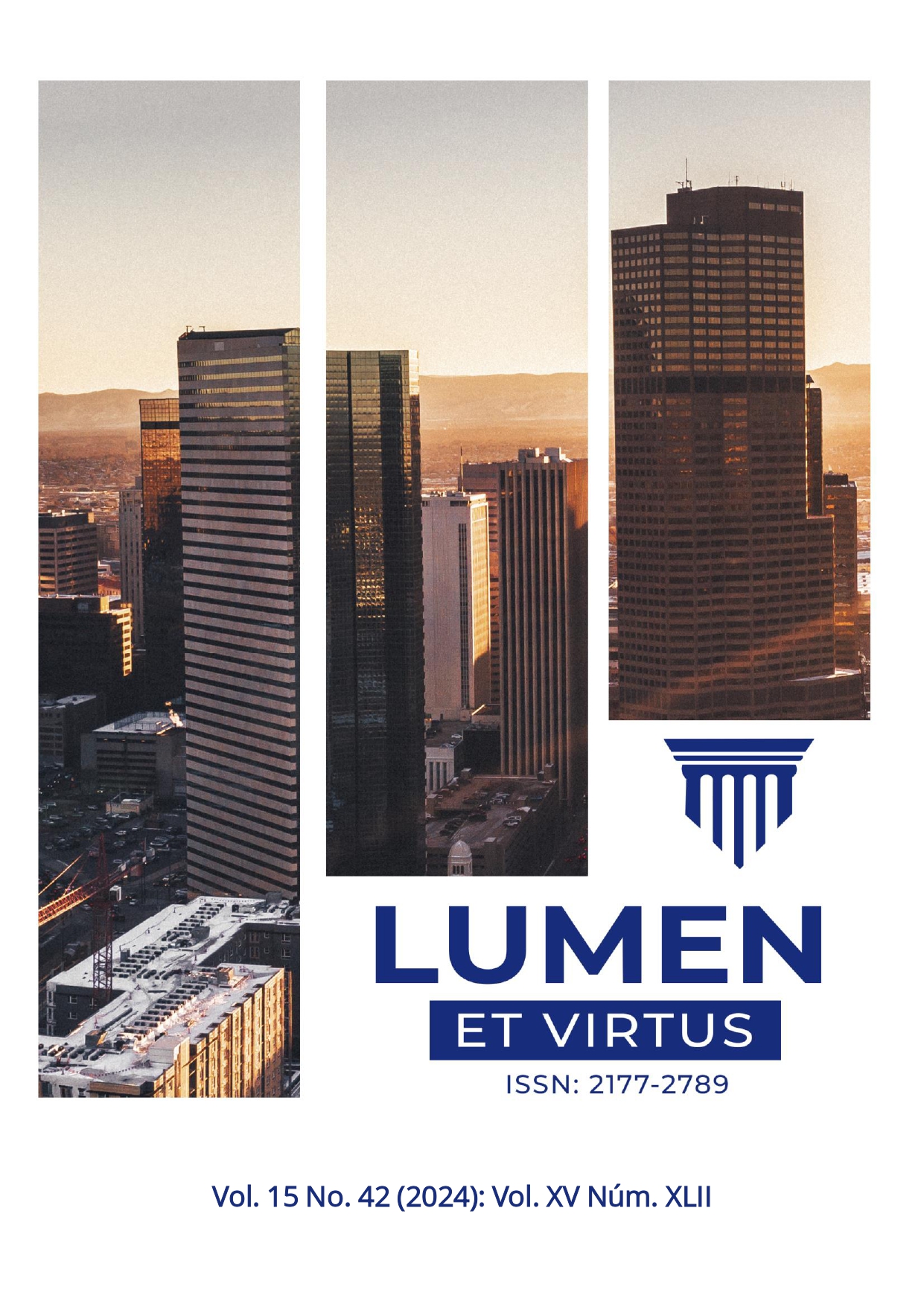ANÁLISE FORMATIVA DE DOCENTES ATUANTES EM UMA ESCOLA MUNICIPAL DE EDUCAÇÃO ESPECIAL
DOI:
https://doi.org/10.56238/levv15n42-047Palabras clave:
Formação Docente, Educação Especial, Público-Alvo Educação EspecialResumen
O objetivo deste trabalho foi analisar a formação do professor atuante na Educação Especial, e como essa reverbera na constituição e formação humana dos estudantes público-alvo da Educação Especial. Os documentos legais (CF, 1988; LDBEN 9394/1996; CNE/CEB Resolução n° 02/2001) garantem o acesso e a permanência nos espaços escolares, no entanto, para além de estar na escola, se faz mister o foco na aprendizagem, ou seja, o direito de aprender. Para a efetivação desse direito, uma das condições é a formação dos professores e dentre esses, especificamente a formação do professor atuante na Educação Especial. A Educação Especial é uma modalidade escolar voltada aos estudantes com deficiência, transtornos globais do desenvolvimento e altas habilidades ou superdotação, devendo ser oferecida preferencialmente na rede regular de ensino. Para a obtenção dos dados, foi realizada uma pesquisa de viés qualitativo, com a intenção de analisar, por meio de um questionário, as respostas dos docentes atuantes no campo da Educação Especial. Para tanto, o cenário selecionado para a presente análise foi uma Escola Municipal de Educação Especial do município de Salto de Pirapora, SP, que possui uma característica singular de público: o da Educação Especial. O texto ressalta a necessidade de uma formação que vá além das especificidades das deficiências, buscando a humanização dos sujeitos e considerando a diversidade presente na sociedade. Destaca-se a complexidade e os desafios da Educação Especial no contexto brasileiro, enfatizando a importância da formação dos docentes como um elemento crucial para promover práticas inclusivas e garantir o acesso e a consolidação do conhecimento para todos os alunos. Para tanto, utilizou-se como fundamentação teórica os estudos de Bueno (2016), Diniz (2012), Kassar (2014), Lüdke e André (1986), Martins (2010), Michels (2011, 2017), Padilha (2014), Saviani (2013) e Triviños (1987).





